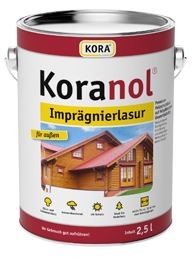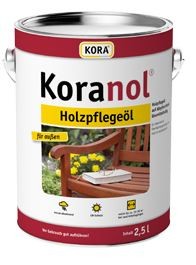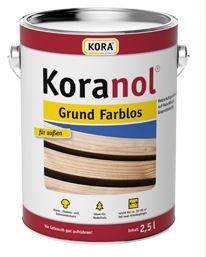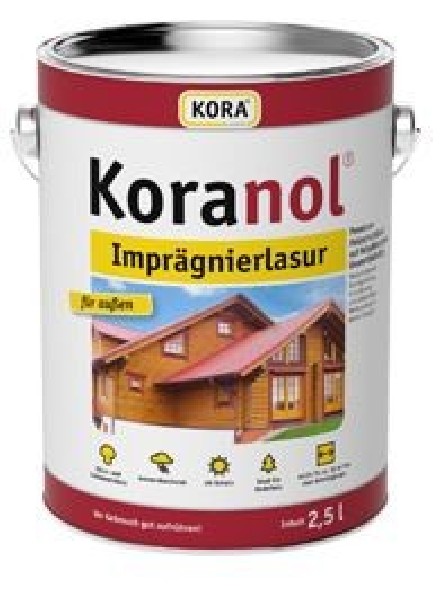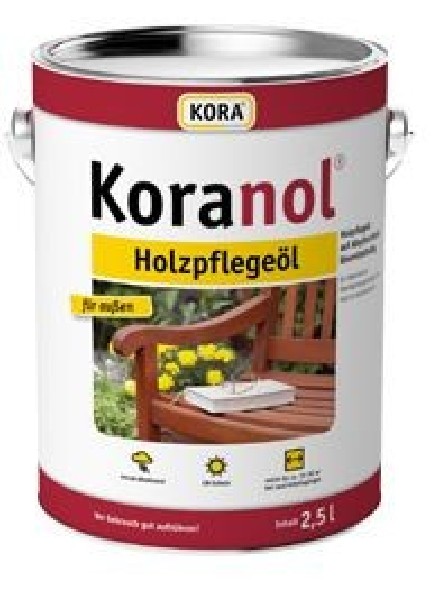How to Waterproof a Garden Gazebo or Shed
As more individuals opt for the purchase of a garden gazebo, whether for a backyard or a plot of land, it serves as an ideal location for family gatherings, summer lunches, or evening relaxation after a strenuous day's work—an oasis of tranquility. If you wish to enjoy your wooden gazebo for an extended period, proper care must be taken from the outset, especially if you have acquired an untreated one.
What is the Purpose of Impregnation?
Impregnation primarily serves the purpose of protecting wooden elements in our garden from the influence of atmospheric factors. On one hand, there's rain, snow, wind, and on the other, the scorching sun. Given the highly variable weather conditions prevalent in our country, it is crucial to ensure adequate protection. Remember that wood is a natural building material vulnerable to various pests, including woodworms, fungi, mold, and others. In many cases, wood can also fall victim to blue stain fungus. Regularly repeated (at least once every 2 years) impregnation will enhance the wood's resistance and ensure its longevity.
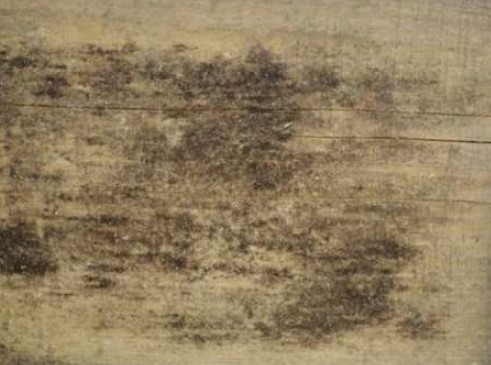 Mold.
Mold.
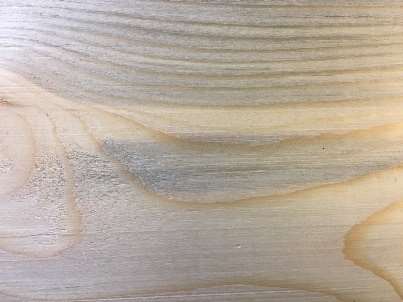
Blue stain.
What Should be Used to Impregnate a Gazebo or Other Wooden Elements in the Garden?
Before delving into the "what," we must answer the question of the desired outcome. You have two options for wood protection:
- Impregnating stain - providing long-lasting protection, available in various colors, guarding against blue stain, decay, fungi, UV radiation, and increasing wood's resistance to mechanical damage.
- Wood oil - highlighting the wood's structure, beautifully showcasing its grain, providing protection against moisture, fungi, and blue stain.
For larger elements such as cabins, gazebos, and sheds, where you don't want to repeat this process frequently, we recommend using an impregnating stain. In cases where you want to emphasize the aesthetic qualities of the wood, its natural character, opt for wood oil. Wood oil works exceptionally well for furniture and grates made from larch, spruce, as well as exotic wood species like bangkirai or teak.
How to Impregnate Wooden Surfaces?
Contrary to what you might think, this is not a too complex task. Most individuals, with a bit of effort, can complete it without any issues. Furthermore, it presents a great opportunity for collaborative work in the garden with friends or family.
Surface Preparation
Impregnation is carried out through painting. Just like with any other painting task, you must ensure that you:
- Remove remnants of old paint or impregnation (particularly if it is peeling).
- If you discover areas with mold or fungus, apply fungicidal agents first or replace the affected parts with new ones.
- Fill in any gaps or defects in the wood (especially on the roof, to prevent water ingress).
- Surfaces must be degreased (cleaned with extraction or lacquer thinner).
- Surfaces must be dry and free of dust.
Pro Tip! Plan your work by checking the weather forecast to avoid unexpected rain or strong winds. Also, avoid direct sunlight. Not only does it harm your skin, but it also causes the impregnation to dry much faster before it has a chance to penetrate the wood. In the summer, you can start work early in the morning and finish in the afternoon when the sun is less intense.
Almost every impregnation product comes with detailed instructions on its application and surface preparation.
Priming
This step is often overlooked due to apparent savings, as you need to essentially paint the gazebo or shed one more time. You may save time, but you'll end up spending more money. Priming aims to penetrate deep into the wood, saturate it, provide "deep protection," and in very general terms, pre-saturate the wood so that you use less of the actual impregnation.
Most paints, varnishes, lacquer stains, or impregnations cannot penetrate wood as deeply as a primer can. Without priming, the wood will simply "drink" more impregnation, which is usually more expensive.
Applying the Topcoat
Depending on what you are impregnating, whether a shed or a garden chair, and the type of impregnation (oil or stain), you must equip yourself with the appropriate tools. Choices include brushes, rollers, or even spraying. The recommended tools are usually listed by the manufacturer on the product.
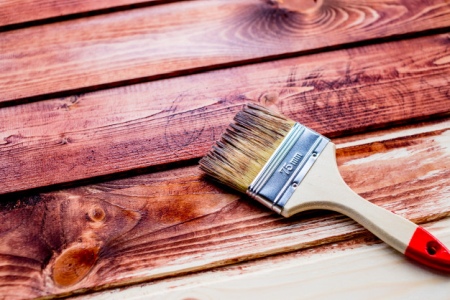
Painting. For hard-to-reach places, a brush is indispensable.
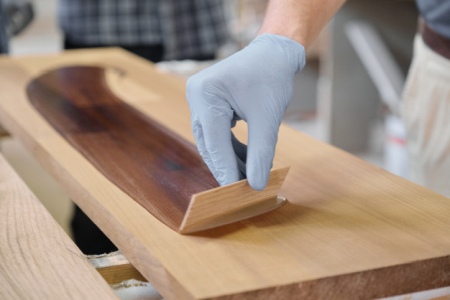
You can apply oil with a special spatula or a clean cloth.
A Tip! A roller is excellent for large, flat surfaces, providing excellent impregnation distribution while ensuring even application. A brush, on the other hand, will always come in handy for hard-to-reach spots, and there are always some. Check that the brush does not lose bristles; you wouldn't want to be picking individual bristles from dried stain later. For complete safety, consider using a tray, gloves, and safety glasses.
Impregnation layers should be applied evenly. In some cases, at least two layers may be required to achieve the desired protective effect and to ensure that no area is missed. We recommend thoroughly reading the instructions on the packaging. Manufacturers often specify the time gap between applying the first and subsequent layers. Important: do not shorten the time between applying successive layers. The previous layer must penetrate, bond to the substrate, and dry before applying the next one.
Check whether you need to sand the previous layer of impregnation before applying the next one to improve the adhesion of successive layers. This is important for achieving a truly multi-layer protection.
Summary
Impregnating garden structures or equipment can be a great way to spend time outdoors. It only requires a bit of attention and care. We hope we have been helpful. If you still have questions, please feel free to contact us. We're here to help.


